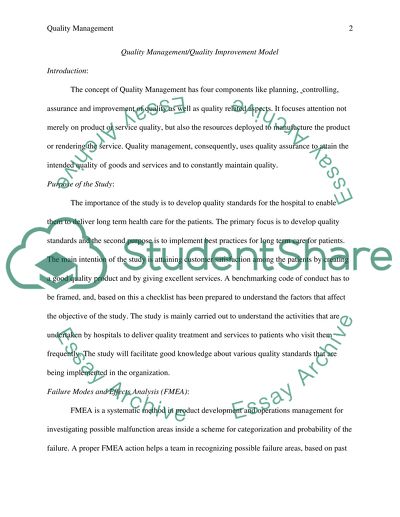Cite this document
(“Healthcare Quality Management and Improvement Research Paper”, n.d.)
Retrieved from https://studentshare.org/health-sciences-medicine/1428341-quality-management-quality-improvement-model
Retrieved from https://studentshare.org/health-sciences-medicine/1428341-quality-management-quality-improvement-model
(Healthcare Quality Management and Improvement Research Paper)
https://studentshare.org/health-sciences-medicine/1428341-quality-management-quality-improvement-model.
https://studentshare.org/health-sciences-medicine/1428341-quality-management-quality-improvement-model.
“Healthcare Quality Management and Improvement Research Paper”, n.d. https://studentshare.org/health-sciences-medicine/1428341-quality-management-quality-improvement-model.


